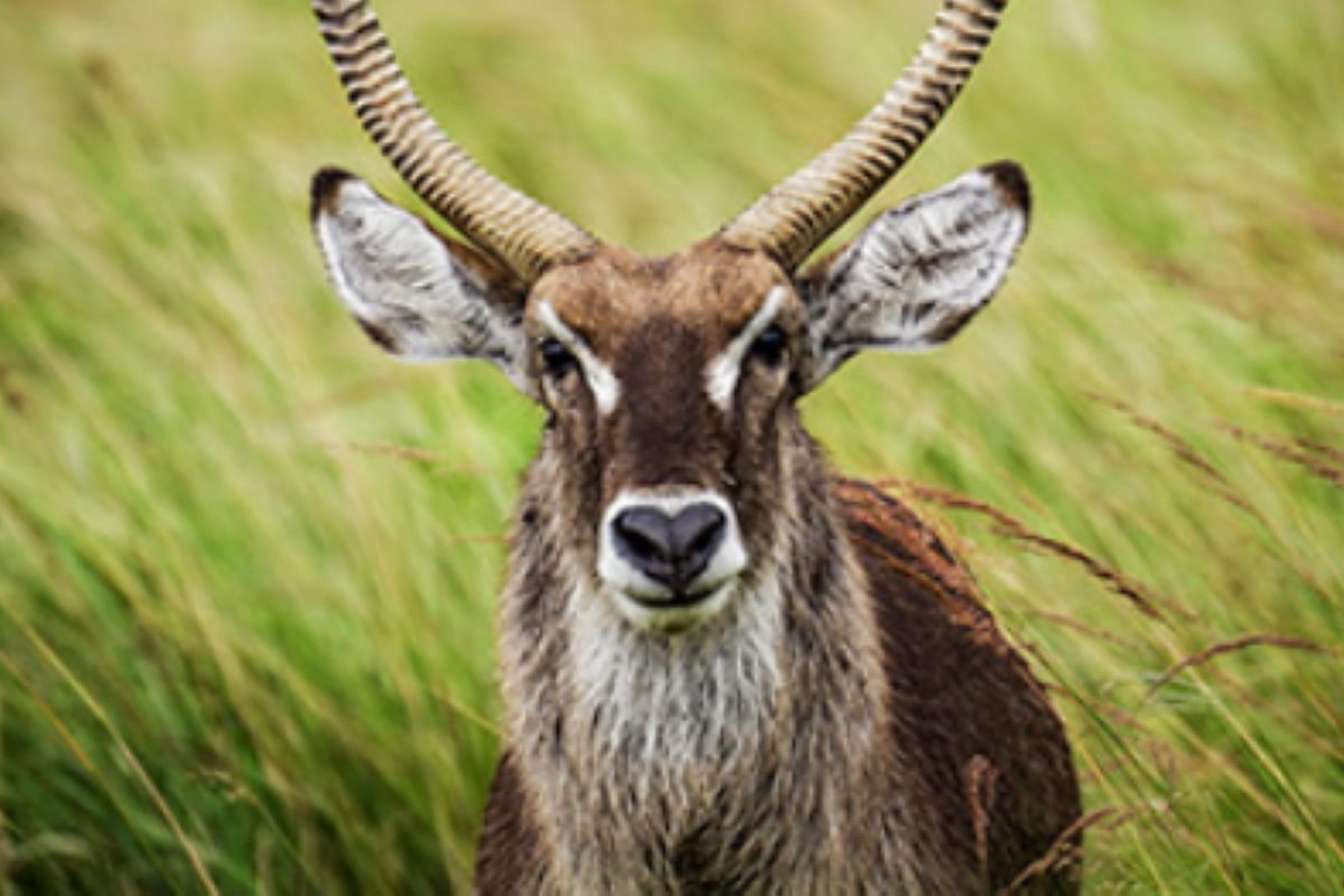
Twenty years on – Happy birthday iSimangaliso!
12 December 2019

This month marks the twentieth year of existence as the iSimangaliso Wetland Park. Our Park was officially inscribed by UNESCO as South Africa’s first World Heritage Site in December 1999, recognised by almost 200 global nations for its beauty and biological wealth. Only one ‘Outstanding Universal Value’ is required for such recognition. iSimangaliso has three: Biodiversity; ecological processes and superlative natural beauty.
The consolidation of 16 parcels of land and a patchwork of earlier proclamations – the earliest stretching back to 1895 – created an integrated park that at the time was over 220 000 hectares stretching over 200 kilometres along the Indian Ocean coast to the Mozambique border. In August this year, that figure was dramatically increased to over 1 328 000 hectares with the expansion of the Marine Protected Area. iSimangaliso is now the country’s second largest Park after the Kruger National Park, and unique in offering such a complex suite of ecosystems, flora and fauna.
During the past twenty years, several million alien trees in plantations have been removed to make way for the restoration of coastal grasslands; old and disused infrastructure has been demolished; the Park has been fenced, road networks modified and resurfaced; several new gate entrance complexes and numerous visitor attractions built, and a massive reintroduction of wildlife has brought back almost all of the original naturally occurring terrestrial species including black and white rhino, elephant, lion, buffalo, leopard, wild dog and cheetah.
iSimangaliso also has one of the highest counts of hippo and Nile crocodile of any protected area in Africa. In the ocean, the warm waters provide haven for five of the world’s seven sea turtle species, including the southernmost nesting sites for the endangered loggerhead and critically endangered leatherback. Whales, whale sharks, dolphins, sharks and over 1200 fish species are found here, among 100 species of warm water coral in one of the world’s most pristine reefs offering an internationally renowned dive destination. Soon after the proclamation of the World Heritage Site, the incredible discovery of live coelacanths added to the long list of marine treasures. For birders, the Park is rich with at least 530 recorded species of avifauna. The rewilding and restoration process has supplemented and enhanced the incredible natural systems that were already in place. iSimangaliso has taken its rightful place as one of the greatest conservation areas in the world.
“Today, iSimangaliso stands proud as a leading model for the protection of a conservation area within a challenging socio-economic context.” — Hon. Barbara Creecy, Minister of Environment, Forestry and Fisheries
Two decades on – how are we doing?
Since the inscription of the Park, many things have changed. More than ever, the Park finds itself in an increasingly challenging environment in respect of the need to conserve the country’s world heritage along with an obligation to optimise poverty-alleviating development.
Increasingly, the Park is seen as a vital source of employment, economic opportunity and one of the country’s key tourism destinations, particularly for the 700 000-plus people dwelling in close proximity to its borders. Rising demands on the rivers feeding the Park’s centrepiece – the Lake St Lucia estuarine system – as well as the country’s largest fresh water lake, Sibaya, have placed these systems in peril and urgent attention is being paid to solutions to ensure their longevity. The need for land for settlement and agriculture is growing and threatening age-old swamp forests and wetlands; and human wildlife conflict will always be a factor in an area where people and animals co-exist. iSimangaliso is not alone in this as the story is repeated throughout Africa and the world at large. The new era of conservation demands creative thought and solutions that take into account the many and varied needs of fauna, flora, wildlife, natural resources – and humans who rely upon them.
In the words of our outgoing Board Chairperson, Mr Buyani Zwane: “The preservation of nature, biodiversity and ecosystems is not a luxury – it is essential for life. There is not one person who was not deeply affected by the severe droughts that wreaked havoc across the entire country over the past several years. The value of water, and especially the catchment areas that provide this vital resource, became crystal clear during a time when it seemed there may be none. Let us not forget the painful lessons learned as we continue with this delicate balancing act of conserving as we develop.”
Looking forward, and building on the excellent foundation work already done, a key focus of the current CEO Sibusiso Bukhosini and his executive team is to strengthen relationships and explore public-private partnerships to develop the potential of this outstanding natural asset to create benefits, while remaining ever-mindful of the need to preserve iSimangaliso’s essence – its ecosystems, biodiversity and above all, its sense of place.
Media enquiries should be directed to Debbie Cooper at